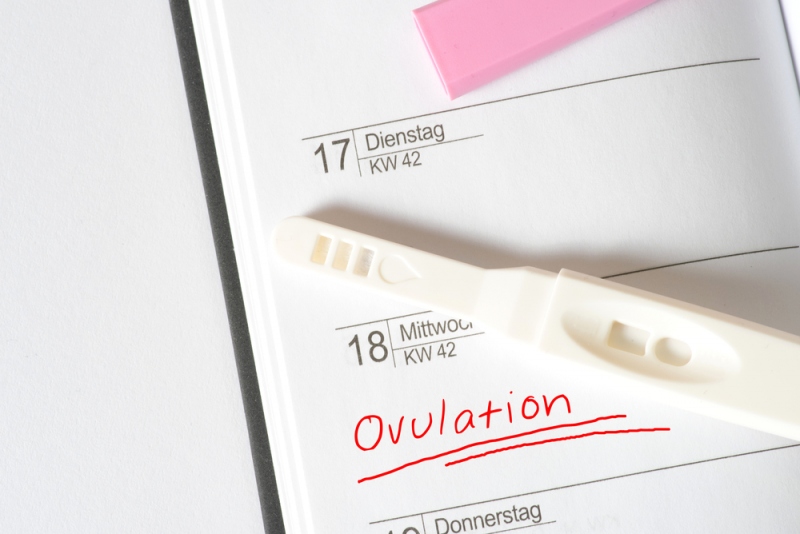Many couples hoping to conceive often face the challenging process of figuring out fertility. Whether due to complications already discovered during conception, or for simply tracking the menstrual cycle, fertility is certainly an important step to understand in the pregnancy process!
Although for the ease of conception, tracking fertility may seem like a tricky task- remembering to record dates and details of your bodily changes as well as performing your busy, daily activities may seem just all too much. Sticking to the traditional method of using a calendar and rhythm method or analysing your basal body temperature is a great way to start off. Some women prefer a more detailed approach and analyse the consistency of the cervical mucus, whilst others claim to feel a slightly painful sensation when they ovulate.
Utilising the massive advancement of technology over the last decade should not be limited to simple, recreational activities such as social media! Smart phones and tablets all have the possibility for fertility tracking via apps, with many recommended apps proving to be helpful. The combination of accuracy from technology and the conventional methods allows for more precision in terms of tracking fertility and recording it.
Understanding the menstrual cycle of a woman is crucial too. Ovulation takes place around 14 days before the period starts, with the most fertile days being the three to five days leading up to and including ovulation. This period of fertility is referred to the ‘fertile window’, and so it is advised to attempt conception during this. For some women, however, their period remains an irregular mystery- it doesn’t maintain a regular cycle or pattern, and so it is hard to figure out when the best times are. While irregular periods are relatively common, they may in fact reveal underlying conditions such as Polycystic Ovary Syndrome. Undiagnosed ovulation disorders often result in absent or irregular periods and contribute to impaired fertility.
An up-and-coming method of tracking fertility is that of using an ovulation predictor kit. Many women and couples in general have found success in these devices, as they monitor the menstrual cycle, as well as considering personal data; medicine and hormone changes. Some focus on testing hormones found in urine, looking for tell-tale surges that cause ovulation, while other kits focus on basal body temperature, and mapping the patterns found in changes for this temperature. Others take an integrated approach, and while these give accurate results by using as much data as possible, it does require more work from you to gather and input the results! For some women, sticking with the traditional methods works best for them, with others opting for more advanced and precise techniques, but of course, it all depends on the person and situation! Ultimately, while Fertility may indeed be a moving target, there are many techniques, methods and lots of advice for really hitting the bullseye!

